What’s Up
I met the Desoto group at 3pm sharp. Right now it is looking like nine happy campers, and Mike Ross’s wife Joanne is the most serious birder in the group so she too is having a great time.
After the introductory program we spent several hours at a high tide puddle photographing a very cooperative White Ibis, a nice variety of shorebirds–many in breeding plumage, and a lovely young of the year Great Egret. Then we made a wiggle and found a tame American Oystercatcher and some nice Laughing Gulls.
With the image optimizations, this blog post took well more than 2 hours to prepare. I finished and published it at 4:13am this morning.
The Streak
Today’s blog post marks 187 days in a row with a new educational blog post, dozens of new topics to cover, and no end in sight until my big South America trip next fall. As always-–and folks have been doing a really great job recently–-please remember to use our B&H links for your major gear purchases. For best results use one of our many product-specific links; after clicking on one of those you can continue shopping with all subsequent purchases invisibly tracked to BAA. Your doing so is always greatly appreciated. Please remember: web orders only. Please remember that if you are shopping for items that we carry in the BAA Online Store (as noted in red at the close of this post below) we would appreciate your business.
|
This image was created on my scouting morning at Fort DeSoto with the hand held Canon EF 400mm f/4 DO IS II USM lens, the Canon Extender EF 2X III, and the Canon EOS-1D X Mark II with Premium Kit with 64GB Card and Reader. ISO 4000. Evaluative metering +3 stops off the gray sky: 1/1000 sec. at f/9. Shade WB. AF Micro-adjustment for the 400 DO II/2XIII TC/1DX: -5 Center AF point/AI Servo Expand/Rear Focus AF as framed was active at the moment of exposure (as is always best when hand holding). The selected AF point was on the side of the breast right below the base of the bill. Click here to see the latest version of the Rear Focus Tutorial. Click on the image to see a larger version. Image #1: Sanderling in breeding plumage/ISO 4000. |
It’s a Whole New 1DX Mark II World: Hand Holding 800mm & ISO 4000…
Necessity is often the mother of invention. Folks have been asking about 1DX II noise. I wanted to see how the 1DX II did with the 2X III and the new camera. I wanted the freedom to hand hold. And I needed a fast enough shutter speed to have a chance at freezing a running shorebird like the turnstone in Image #2 below.
So what was the answer? ISO 4000. Most important was to expose far to the right to minimize the noise. This +3 off the gray sky…
100% crop of the ISO 4000 Sanderling image. Unsharpened. |
ISO 4000 1DX II Noise
As the RAW file did not look noisy at all, I started off by using Arash’s Chrominance and Luminance Noise Reduction settings for the original 1DX at ISO 1600. Otherwise I applied no noise reduction in post. No Neat Image.
What do you think of the noise levels in the tight crop of the Sanderling’s head in the image immediately above?
|
This image was also created on my scouting morning at Fort DeSoto with the hand held Canon EF 400mm f/4 DO IS II USM lens, the Canon Extender EF 2X III, and the Canon EOS-1D X Mark II with Premium Kit with 64GB Card and Reader. ISO 4000. Evaluative metering +3 stops off the gray sky: 1/1000 sec. at f/9. Shade WB. Center AF point/AI Servo Expand/Rear Focus AF as framed was active at the moment of exposure (as is always best when hand holding). This was terrible technique as the active AF point was on the side of the bird, on the folded wing, well on this side of the plan of the bird’s eye. But I got lucky–in part because of the distance to the bird–as the eye and face are fairly sharp… Click here to see the latest version of the Rear Focus Tutorial. Click on the image to see a larger version. AF Micro-adjustment for the 400 DO II/2XIII TC/1DX: -5 Image #2: Ruddy Turnstone running in breeding plumage/ISO 4000. |
1DX Mark II Autofocus With the 2X III TC
The speed of initial autofocus acquisition and AF tracking accuracy with the 1DX II and the 2X III teleconverter is unparalleled.
APTATS II to the Rescue
Here I did not pan fast enough to keep the subject back in the frame. So I used one of the many techniques detailed in APTATS II to move the bird back a bit in the frame.
APTATS I & II
Learn the details of advanced Quick Masking techniques in APTATS I. Learn Advanced Layer Masking Techniques in APTATS I. Mention this blog post and apply a $5 discount to either with phone orders only. Buy both APTATS I and APTATS II and we will be glad to apply at $15 discount with phone orders. Please call Jim or Jennifer weekdays at 863-221-2372 to take advantage of this special offer. You can find the same deal in the BAA Online Store here.
Your Favorite?
Which of today’s two featured images do you like best, Image #1 or Image #2? Be sure to let us know why.
100% crop of the ISO 4000 turnstone image. Unsharpened. |
ISO 4000 1DX II Noise
Again, as the RAW file did not look noisy at all, I started off by using Arash’s Chrominance and Luminance Noise Reduction settings for the original 1DX at ISO 1600. Otherwise I applied no noise reduction in post. No Neat Image.
What do you think of the noise levels in the tight crop of the Ruddy Turnstone’s head in the image immediately above?
The 1D X Mark II
If what you read or today or what you read on the blog inspires you to purchase a Canon EOS-1D X Mark II DSLR Camera Premium Kit with 64GB Card and Reader please use the active link or click on the logo-link above. Doing so will be greatly appreciated. Many who used our link right off the bat already have their 1DX Mark IIs.
IPT Similarities
The Fort DeSoto and the Nickerson Beach IPTs have a lot in common. Lots of birds, lots of sand, and lots of learning. The big difference is that there are lots more flight opportunities at Nickerson: hovering terns, birds landing at the nest, and with luck and the right morning winds, skimmers skimming.
|
From upper left clockwise to center: Black Skimmer head portrait, American Oystercatcher dining on surf clam flesh, Common Tern at sunset, Common Tern adult swallowing flatfish, Black Skimmer in flight, newborn Common Tern chick, American Oystercatcher with chick, fresh juvenile Common Tern (with fill flash), and Common Terns copulating. |
Nickerson Beach Terns/Skimmers/Oystercatchers Instructional Photo-Tour (IPT): July 18-22, 2016. 4 1/2 DAYS: $1899. Limit 10/Openings 8.
Meet and greet at 3pm on the afternoon of Monday, July 18. Limit 10.
The primary subject species of this IPT will be the nesting Common Terns. The trip is timed so that we will get to photograph tiny chicks as well as fledglings. There will be lots of flight photography including adults flying with baitfish. Creating great images of the chicks being fed is a huge challenge. In addition to the terns we will get to photograph lots of Black Skimmers courting, setting up their nesting territories, and in flight (both singles and large pre-dawn flocks blasting off). Midair battles are guaranteed on sunny afternoons. And with luck, we might even see a few tiny chicks toward the end of the trip. We will also get to photograph the life cycle of American Oystercatcher. This will likely include nests with eggs and tiny chicks, young being fed, and possibly a few fledglings.
Nesting Piping Plover is also possibly. There will be lots of gulls to photograph; most years I am able to find a few Lesser Black-backed Gulls of varying ages in addition to the Herring, Ring-billed, and Great Black-backed Gulls. You will learn to identify and age the various gull species. There will likely be some Willets feeding along the surf and with luck we might get to photograph a handsome juvenile or two. In addition to the locally breeding shorebirds, we will likely get to see some southbound migrant arctic-and sub-arctic breeding shorebird species such as Sanderling, Semipalmated Plover, and maybe even Red Knot.
|
From upper left clockwise to center: Black Skimmers with tiny chick, Common Tern landing with baitfish for young, fledged Common Tern chick in dunes, American Oystercatchers/display flight, adult Common Tern with pipefish for chick, Common Tern fledgling in soft light, American Oystercatcher on nest with eggs, American Oystercatcher 3-egg clutch, battling Black Skimmers. |
The IPT Logistics
The tour will begin with a meet and greet on the afternoon of Monday, July 18, 2016. That will be followed by our first shooting session at the beach. From Tuesday through and including all of Friday we will have two photography sessions daily. Our morning sessions will start very early so that we are on the beach well before sunrise. We usually photograph for about four hours. Then we will enjoy a group brunch. We will always have a midday break that will include a nap for me. That followed by our daily afternoon classroom sessions that will include image review, workflow and Photoshop, and a review/critique of five of your trip images. Folks are always invited to bring their laptops to brunch for image sharing. I always have mine with me but heck, I am a big show-off. Afternoon in-the-field sessions generally run from 5pm through sunset.
Breakfasts are grab what you can. Four brunches are included. Dinners (if at all) will be on your own as we will often get back to the hotel at about 9pm. There is a fridge in every room and a supermarket within walking distance of the hotel so nobody should starve. You will learn a ton during the nine shooting sessions, the four in-classroom sessions, and even at lunch. Early morning and late afternoon parking is free. If we want to head back to the beach early we will need to arrange tight carpools and share the $30/vehicle parking fee. Non-photographer spouses, friends, or companions are welcome for $100/day, $450 for the whole IPT.
Save a space by calling Jim or Jen at the office at 863-692-0906 and arranging to leave your deposit of $599–credit cards are accepted for deposits only. Your balance will be due on April 18, 2016. I hope that you can join me for what will be an exciting and educational IPT.
Please Remember to use our Affiliate Links 🙂
To show your appreciation for my continuing efforts here, we ask, as always, that you get in the habit of using my B&H affiliate links on the right side of the blog for all of your photo and electronics purchases. Please check the availability of all photographic accessories in the BIRDS AS ART Online Store, especially the Mongoose M3.6 tripod heads, Induro tripods and ballheads, Wimberley heads and plates, LensCoats and accessories, and the like. We sell only what I have used, have tested, and can depend on. We will not sell you junk. We know what you need to make creating great images easy and fun. And we are always glad to answer your gear questions via e-mail.
I would of course appreciate your using our B&H affiliate links for all of your major gear, video, and electronic purchases. For the photographic stuff mentioned in the paragraph above we, meaning BAA, would of course greatly appreciate your business. Here is a huge thank you to the many who have been using our links on a regular basis and visiting the BAA Online store as well.
I would of course appreciate your using our B&H affiliate links for all of your major gear, video, and electronic purchases. For the photographic stuff mentioned in the paragraph above we, meaning BAA, would of course greatly appreciate your business. Here is a huge thank you to the many who have been using our links on a regular basis and visiting the BAA Online store as well.
Be sure to like and follow BAA on Facebook by clicking on the logo link upper right. Tanks a stack!
Typos
In all blog posts and Bulletins, feel free to e-mail or to leave a comment regarding any typos or errors. Just be right 🙂

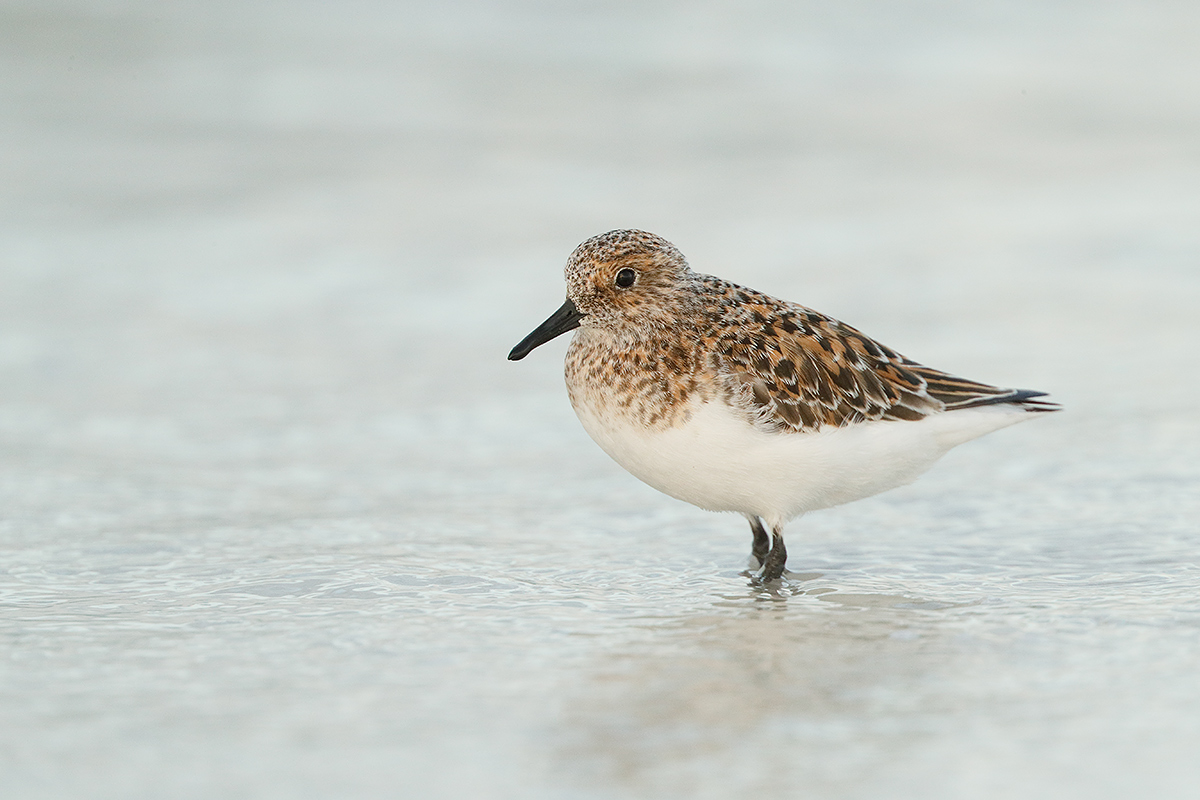
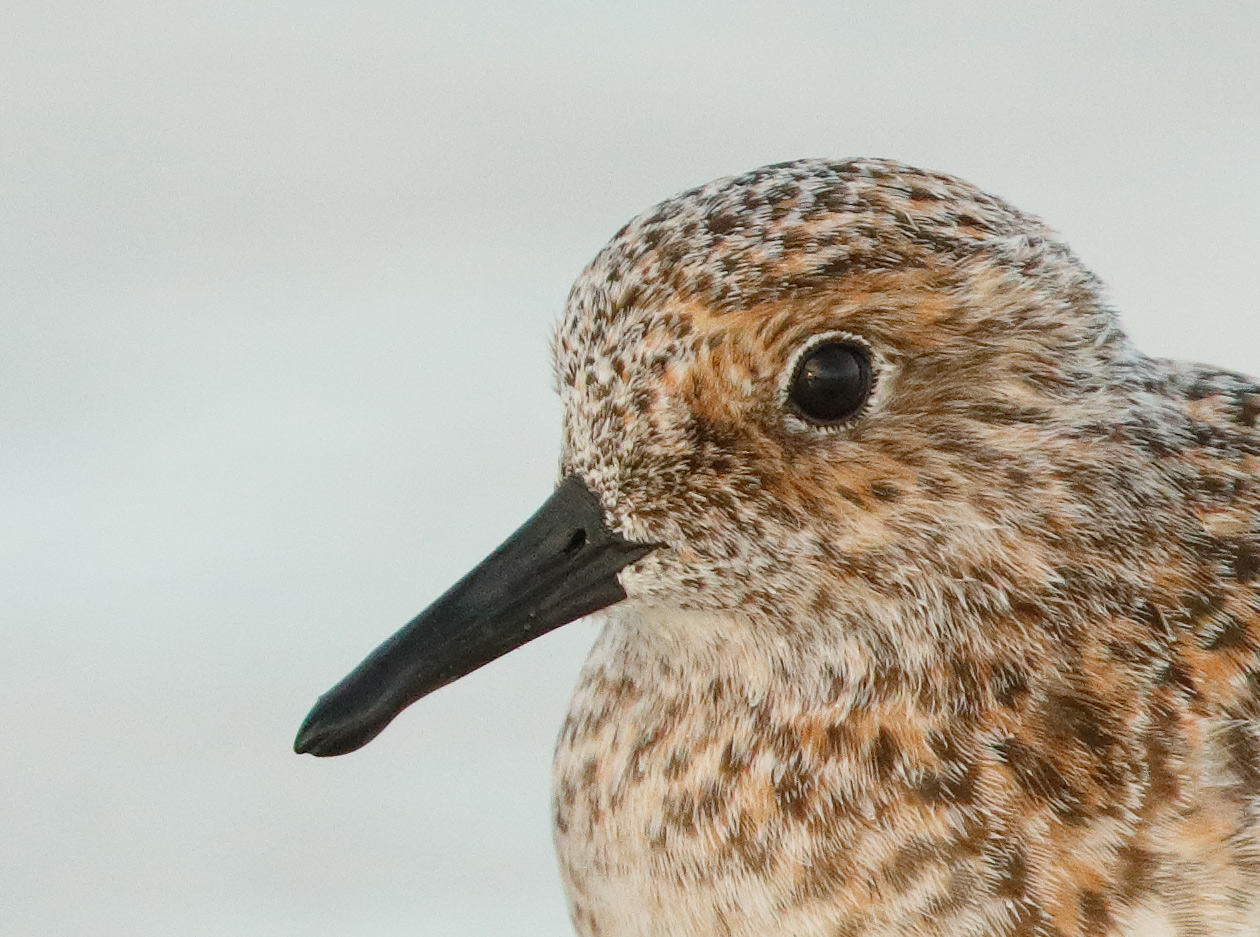
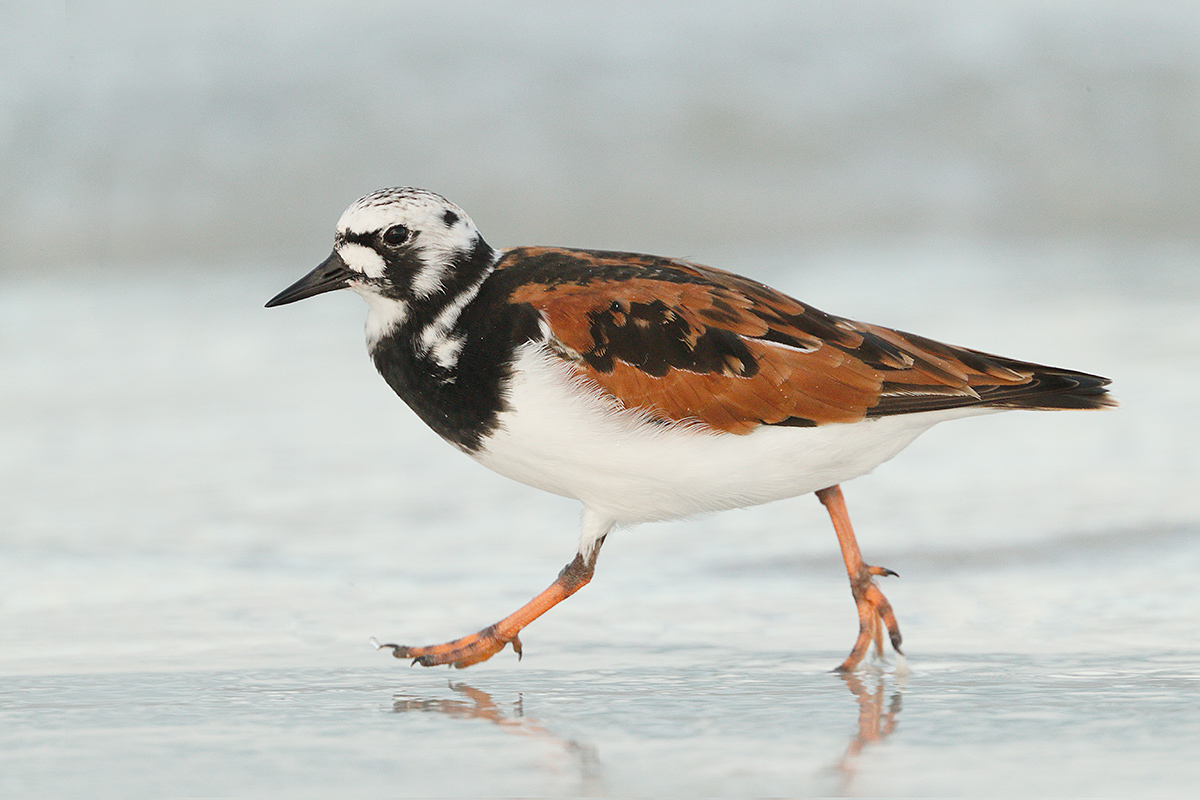
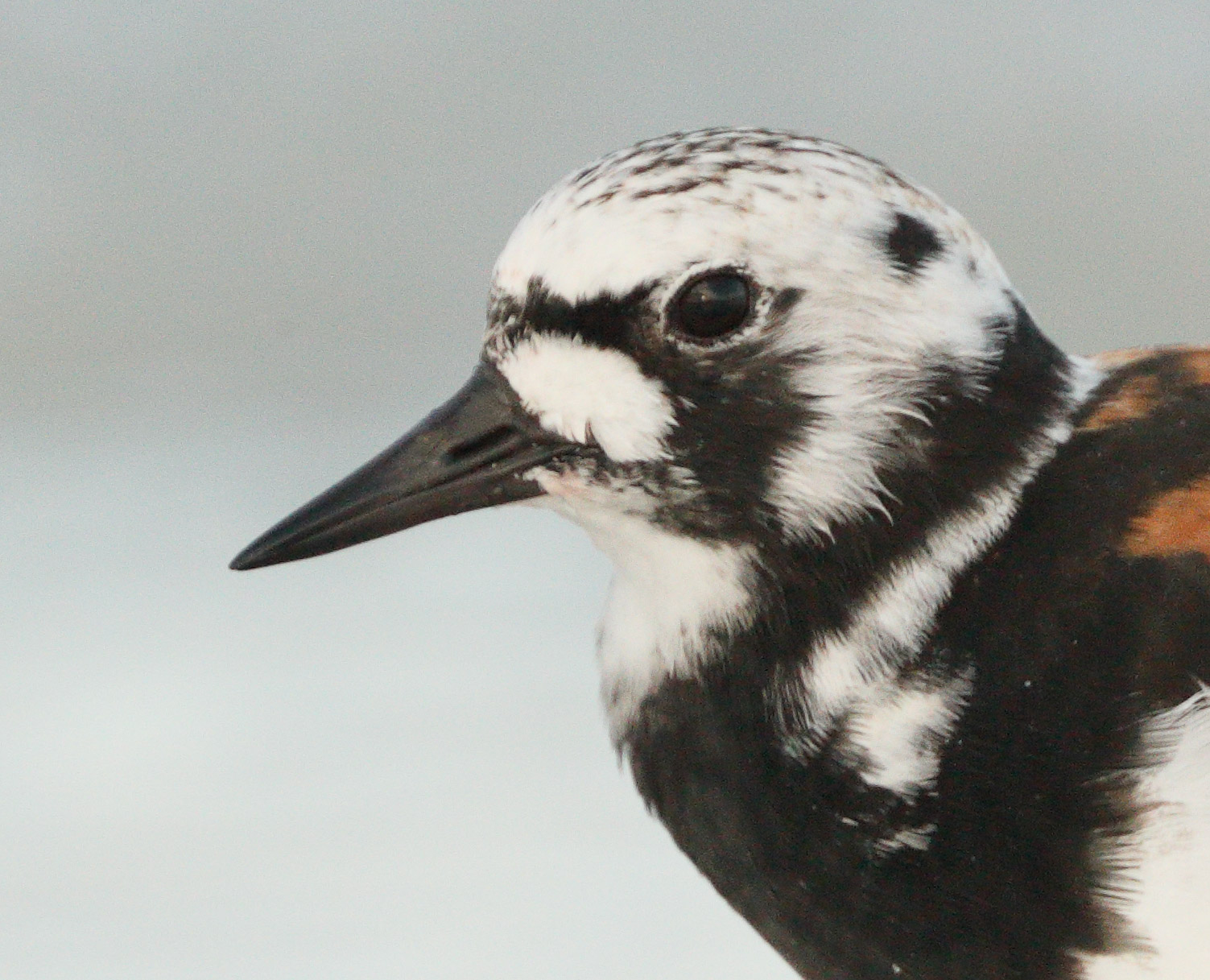

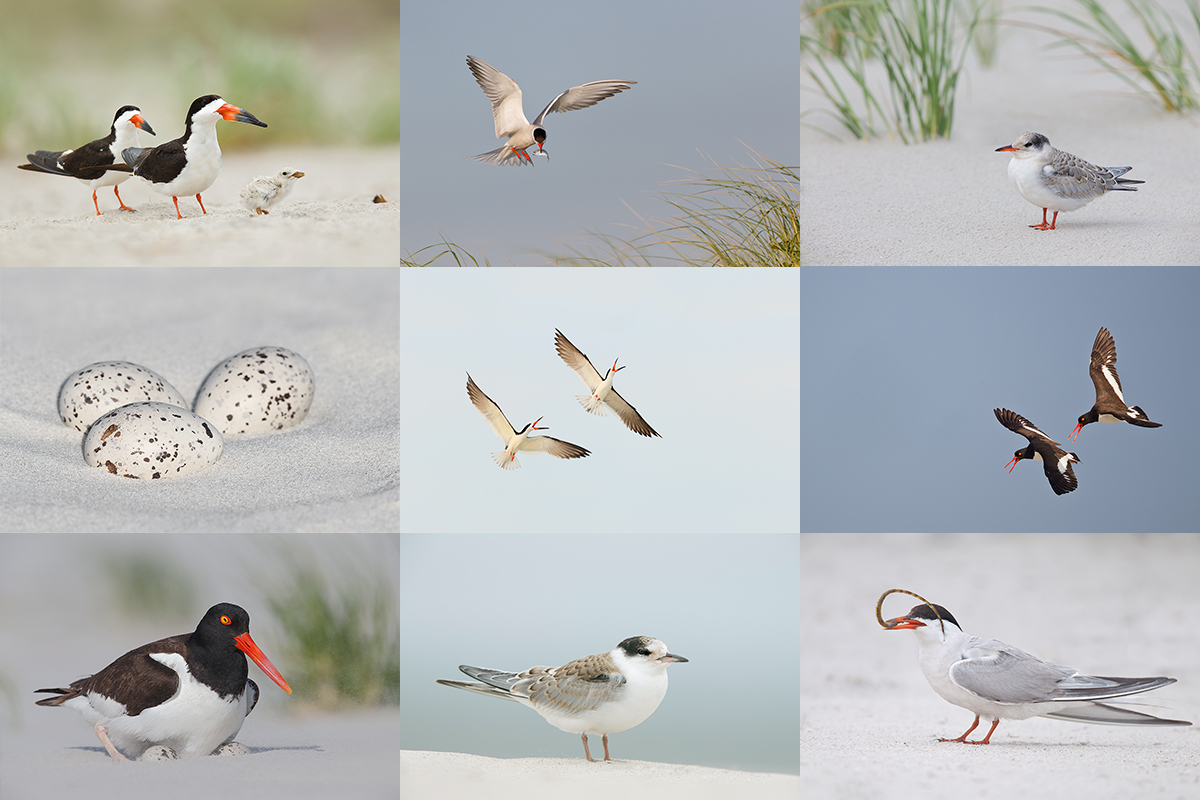













I have been testing my 1DXII for a week now.
1. Love the return of the red focus square.
2. As I mentioned in prior post, noise is improved remarkably. 4000 ISO is nothing. Try 6400 and 8000. A touch of Neat Image and it is good to go. I have now made noise profiles all the way to ISO 51200 with good results. Remarkable improvement.
3. No longer limited to single center focus point with f8 lens/teleconverters combinations. And focus is fast.
4. Screaming fast frame rate.
5. Still feels like the bodies I am used to using.
I think I am in love.
WOW !! I see minute noise in the turnstone crop, Almost none in the sanderling crop. Remarkable.
My favorite is the turnstone for: action—really shows running with only one toe on the sand, reflection of feet, camera on same level as bird, white, clean background, whole bird sharp, perfect head angle.
wow artie,
thats totally amazing.
Beautiful images and what a great tool to have in your hands.
I like image one the best. just love the clarity and simplicity of this image.
DP
How can I keep up with camera technology…I’m amazed with both images… both of them have something to offer. I like the action in #2 with the right foot standing on it’s toe and the left foot hovering over the water it really makes this shot.
#1 is my favorite. I like the white background and the white water. The plumage of the Sanderling is very pleasing.
Great capture on both…only in my dreams hand holding 800mm…